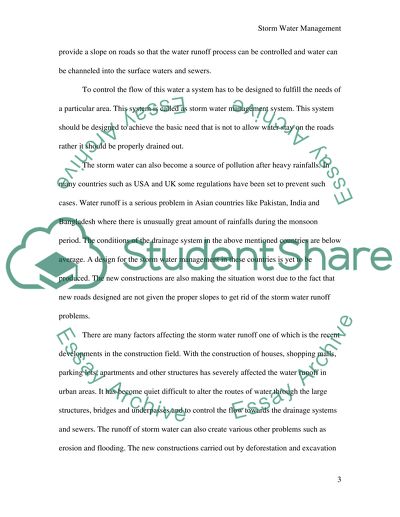Cite this document
(“Stormwater Management in an Urban Context: Conventional versus Water Essay”, n.d.)
Stormwater Management in an Urban Context: Conventional versus Water Essay. Retrieved from https://studentshare.org/miscellaneous/1581323-stormwater-management-in-an-urban-context-conventional-versus-water-sensitive-approaches
Stormwater Management in an Urban Context: Conventional versus Water Essay. Retrieved from https://studentshare.org/miscellaneous/1581323-stormwater-management-in-an-urban-context-conventional-versus-water-sensitive-approaches
(Stormwater Management in an Urban Context: Conventional Versus Water Essay)
Stormwater Management in an Urban Context: Conventional Versus Water Essay. https://studentshare.org/miscellaneous/1581323-stormwater-management-in-an-urban-context-conventional-versus-water-sensitive-approaches.
Stormwater Management in an Urban Context: Conventional Versus Water Essay. https://studentshare.org/miscellaneous/1581323-stormwater-management-in-an-urban-context-conventional-versus-water-sensitive-approaches.
“Stormwater Management in an Urban Context: Conventional Versus Water Essay”, n.d. https://studentshare.org/miscellaneous/1581323-stormwater-management-in-an-urban-context-conventional-versus-water-sensitive-approaches.


